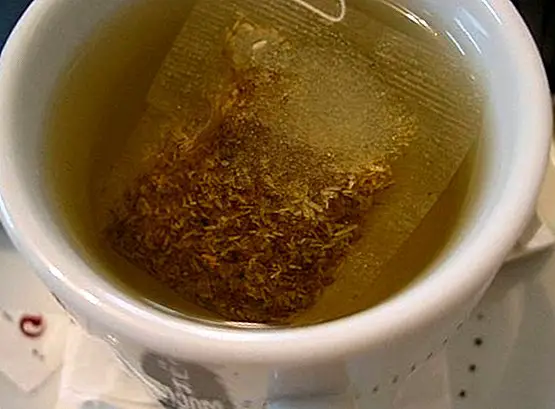Conjunctivitis: What is it? Symptoms, causes and treatment
The conjunctivitis is a ocular disease consisting of inflammation of the conjunctive layer, this being the transparent mucous membrane that covers the eyeball. This can be according to its cause: bacterial (produced by different bacteria), viral (produced by the adenovirus virus family) and allergic or autoimmune (typically seasonal, frequently associated with sinusitis).
But they are not the only causes. It can also be produced by the presence of a foreign body, caused by the misuse of contact lenses or contact lenses; and finally, those generated by trauma, generated by scratches or blows.
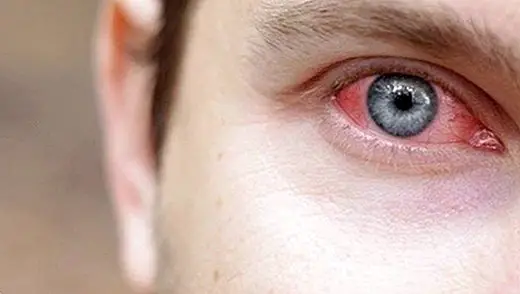
In any case, as you can imagine, it is a very common eye condition, which affects especially the youngest of the house, especially by the habit of having to take their hands and fingers to their eyes before having them cleaned. .
Symptoms according to the type of conjunctivitis
Bacterial conjunctivitis
The symptoms are: tearing and discharge of greenish or yellowish fluid, congestion of the sinuses, nasal mucus, irritation and sandy feeling in the eye.
Other symptoms may also appear, such as swelling of the conjunctiva and red eyes.
The symptoms of bacterial conjunctivitis usually develop first in one eye, but are shown in the second one 2 or 5 days after infection.
Viral conjunctivitis
The symptoms are: yellow scabs, appearance of a diffuse and light pink tone in the eye, hyperemic scleras, epiphora, hyperemic conjunctiva and binocular erythema.
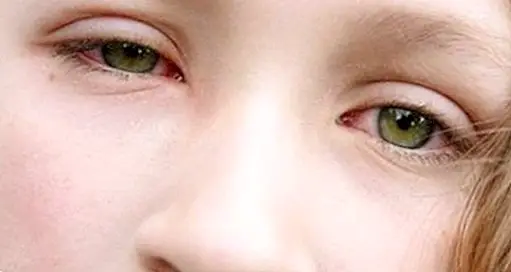
Swelling of the conjunctiva and constant tearing of the eyes may also occur. The symptoms of viral conjunctivitis usually appear first in one eye, but the symptoms are observed in the second in a short time.
Allergic conjunctivitis
Its symptoms tend to be common. They are the following: itching, red eyes, swelling in the conjunctiva, constant tearing in the eyes and dilatation of blood vessels due to histamine.
Causes of conjunctivitis
When conjunctivitis is caused by an infection, it is commonly caused by a viral infection. Bacterial infections, allergies, external irritants and dryness are also common causes. Bacterial and viral infections are contagious and can be passed from person to person, but they can also be transmitted through direct contact with objects or water.
The most common cause of viral conjunctivitis is the adenovirus -a family of viruses that infect both humans and animals-, herpes simplex, which can be serious and requires treatment with Acyclovir (antiviral drug that is used in the treatment of infections produced for chicken pox and the human herpes virus). Acute hemorrhagic conjunctivitis is highly contagious and is caused by an enterovirus.
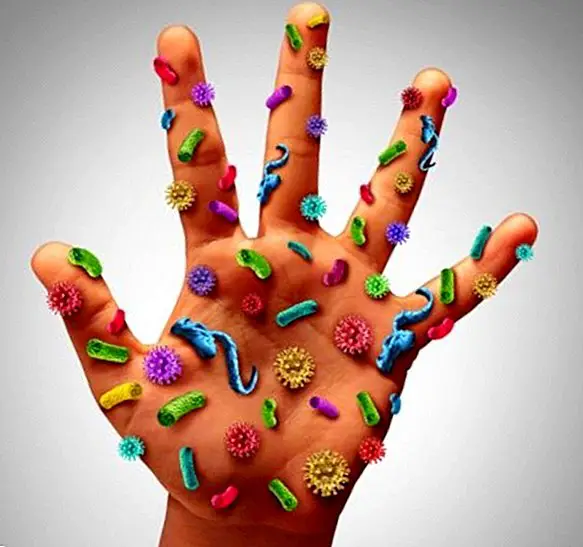
The main cause of acute bacterial conjunctivitis is staphylococcus aureus. Although uncommon, super acute cases are caused by Neisseria gonorrhoeae or Neisseria meningitidis. Chronic cases of bacterial conjunctivitis are those that last more than 3 weeks, and are usually caused by staphylococcus aureus, moraxella lacunata or enteric gram-negative flora.
Conjunctivitis can also be caused by allergens such as pollen, perfumes, cosmetics, smoke, by the pteronyssinus dermatophagoides (dust mites) and eye drops.
Treatments according to the type of conjunctivitis
65% of conjunctivitis cases resolve without treatment, between two or five days; Pre-registration of antibiotics is not necessary in most cases.
Treatment of bacterial conjunctivitis:
They usually resolve without treatment. Topical antibiotics will be necessary only if improvement is not observed after two days. In people who do not receive antibiotics, the recovery occurs in 4.8 days, with antibiotics used immediately in 3.3 days, and with a delay in the application of these a total of 3.9 days.
No serious effects have been noted with or without treatment. As they accelerate the healing of conjunctivitis, its use is also reasonable.
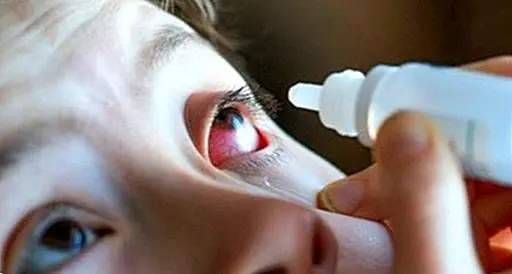
Treatment of viral conjunctivitis:
Viral conjunctivitis usually resolves itself on its own and does not require any specific treatment. Antihistamines, or mast cell stabilizers should be used to help eliminate symptoms.
Treatment of allergic conjunctivitis:
For allergic conjunctivitis, fresh water spilled on the face with the face tilted downwards constricts the capillaries; Artificial tears sometimes relieve discomfort in mild cases of conjunctivitis. In more severe cases, non-steroidal anti-inflammatory drugs and antihistamines may be prescribed. Persistent allergic conjunctivitis may also require topical steroid drops.
Conjunctivitis is a disease that can be spread relatively easily.If you suffer from or someone close to you is suffering from conjunctivitis, take adequate precautions so that the disease does not spread to other individuals or to you; If you suffer from it, follow these tips and go to a doctor to get proper treatment. This article is published for informational purposes only. It can not and should not replace the consultation with a Physician. We advise you to consult your Trusted Doctor. ThemesDiseases of the eyes Eyes
